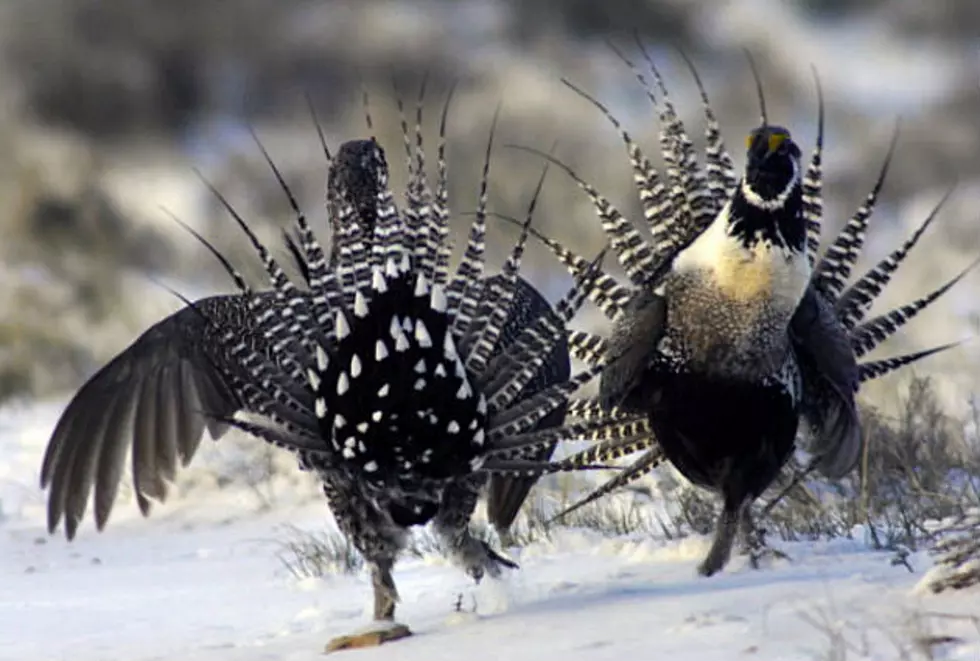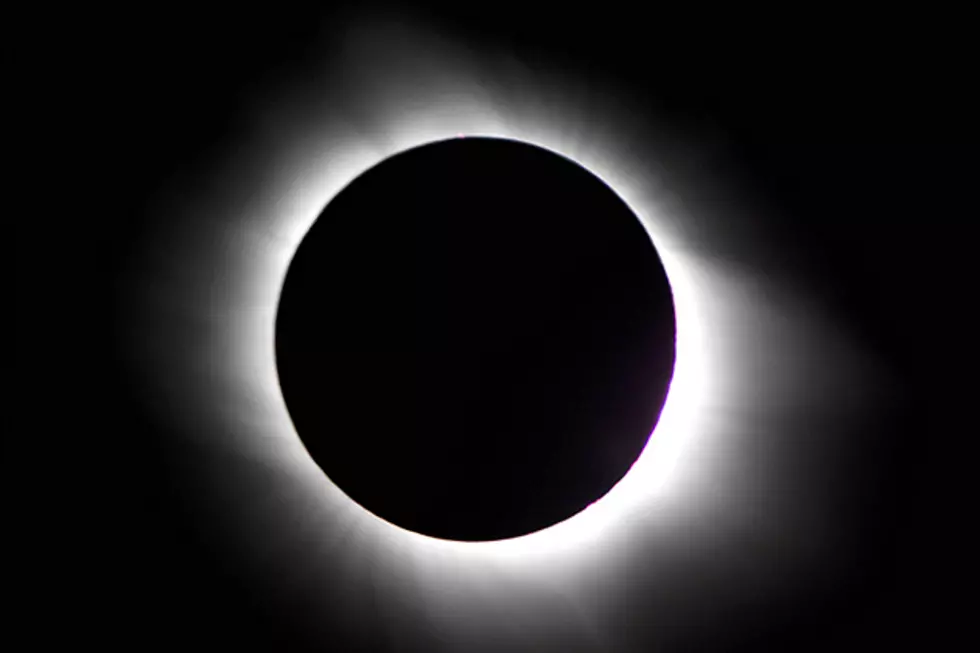Sage Grouse Not Listed as an Endangered Species [VIDEO]
The greater sage-grouse will not be listed for protection under the Endangered Species Act. Secretary of the Interior Sally Jewel made the announcement in a video released Tuesday morning.
The U.S. Fish and Wildlife Service determined in a 341-page statement released today that “through avoidance and minimization measures,” states, landowners, and the energy industry have significantly reduced major threats to the survival of the greater sage-grouse. In 2010, the Service cited “habitat loss, fragmentation, and inadequacy of existing regulatory mechanisms” as factors that required a decision on whether or not to list the bird as an endangered species. Since then, through Federal plans and State initiatives from Wyoming, Montana, and Oregon, risks to the longevity of the species have been reduced in about 90% of breeding habitats.
Wildfire, invasive plants, energy development, and infrastructure are the main causes of habit loss for the greater sage-grouse. Although the US. Fish and Wildlife Service predicts that these factors will continue to impact the land, the agency says, “…we now determine that existing regulatory mechanisms adequately address effects to the species and its habitats.” Federal statutes regarding mineral and energy extraction, along with state wildlife and noxious weed laws, have played a crucial role in recent conservation efforts.
A U.S. Fish and Wildlife Service report released back on Aug. 17 revealed that populations of greater sage-grouse have bounced back from a low point in 2013. Scientists base population estimates on the number of males counted at traditional breeding areas, known as “leks.” The count in 2013 was 16.7 males per lek. Over the last two years, that number has rebounded sharply by 63% to the most recent number of 25.5 males per lek.
“This latest report shows sage-grouse populations are still doing well across much of their range,” said Virgil Moore, Director of Idaho Department of Fish and Game and director liaison of WAFWA’s Sage-Grouse Initiative. "While this report is good news to all who treasure this bird, we know that long-term ongoing conservation and management must continue into the future for greater sage-grouse on its current range."
During the last decade, more than $200 million was invested through 11 state legislatures to fund efforts to protect the species. The U.S. Fish and Wildlife Service, state natural resource agencies, the Natural Resource Conservation Service, Bureau of Land Management, non-governmental organizations and private land owners have all contributed to recent conservation efforts that played a key role in keeping the greater sage-grouse off the list of species protected under the Endangered Species Act.
“Most energy companies operating in Wyoming, along with most other natural resource producers in the state, are participating in the governor's sage grouse conservation strategy,” says Peter D. Stahl, Professor of Soil Ecology at the University of Wyoming and Director of the Wyoming Reclamation and Restoration Center. “Many landowners have also taken actions like reducing the amount of smaller electrical transmission lines providing raptor perching sites, modifying fences to reduce raptor perching and moving fences away from lekking areas to reduce collisions,” said Stahl.
More From Y95 Country









